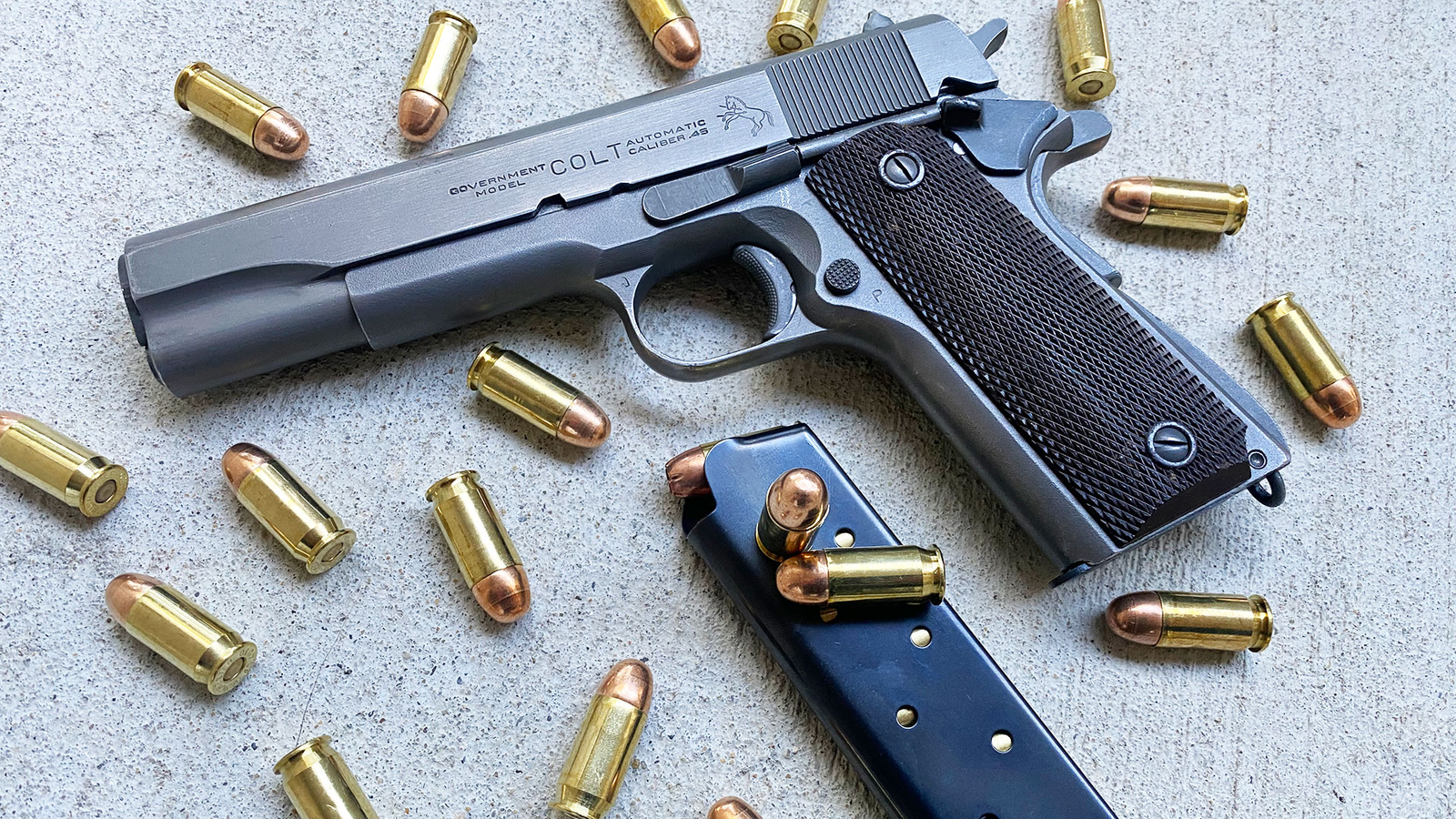
Ask a dozen gun owners what the best handgun caliber is for self-defense, and you’ll likely get a dozen different answers—each more passionate than the last. The .380 ACP, 9mm, .40 S&W, and .45 ACP have all earned loyal followings, and each brings something different to the table. Whether you’re packing for self-defense, serving in law enforcement, or simply looking to make a wise decision for home defense, knowing what makes these rounds different can help weed out the hype and guide you to the one best suited for you.

4. .45 ACP – The Heavy Hitter with History
The .45 ACP was introduced in 1904 and earned its place by fighting in wars, serving decades, and gaining tons of street credibility with serious shooters. It ejects large, slow bullets—usually 185 to 230 grains—at velocities of about 850 to 950 feet per second. The outcome? A round is infamous for heavy impact and a broad wound channel.

Though its recoil isn’t punishing due to its lower pressure, it’s still considerably more than you’d experience with a 9mm. .45 ACP carry guns are likewise larger, heavier, and hold fewer rounds, typically 7 or 8 in a single-stack magazine. Granted, if you can handle the weight and recoil, it’s a large-diameter round with a long history of stopping bad guys.

3. .40 S&W – Power with a Price
The .40 S&W was a favorite of law enforcement officers, developed as a compromise between the 9mm and .45 ACP. It shoots 155- to 180-grain bullets at about 950 to 1,150 feet per second. It has more energy than the 9mm—about 25-30% more—but at a price. Recoil is crisper, and the increased pressures can be harsh on shooters and guns in the long term. Many officers felt that it was snappy and more difficult to fire well under stress. As 9mm ammo evolved over the years, many departments reverted to greater controllability and capacity. Nonetheless, the .40 S&W has a loyal fan base among those who prefer additional power without having to move up to the bulk of a .45.

2. 9mm – The Sweet Spot
The 9mm Luger has become the world’s most widely used self-defense caliber—deservedly so. With bullet weights of between 115 and 147 grains and velocities of 1,000 to 1,200 feet per second, it provides an ideal compromise: reasonable power, comfortable recoil, high capacity, and low-cost ammunition. There are 9mm pistols in all shapes and sizes, and defensive loads nowadays are phenomenally effective due to bullet design advancements. It’s also the round most shooters can master in short order and deliver well under duress, and that’s why it’s still the standard issue for military, police, and concealed carry alike. If you desire a single caliber that does nearly everything correctly, 9mm is it.

1. .380 ACP – The Compact Companion
The .380 ACP has creeped up and made a grand return, particularly with the popularity of ultra-thin pistols that are difficult to conceal but simple to carry. Developed by John Browning in 1908, it uses 90- to 100-grain projectiles at velocities of approximately 950 to 1,000 feet per second. Its recoil is soft and slender profile, making it perfect for deep concealment and beginner shooters. Guns like the Ruger LCP and Glock 42 are barely noticeable under a t-shirt.

The trade-off? Less power. While modern jacketed hollow points have improved the .380’s performance, it still falls short of the penetration and expansion offered by larger calibers. In some tests, it barely meets the FBI’s minimum 12-inch penetration standard. Nevertheless, for individuals who value concealability and shootability, it’s a functional option that is superior to having no gun.

When selecting a caliber, numbers are only part of the equation, but not the complete equation. The .380 ACP is the easiest to carry and shoot, but provides the least power. The 9mm is middle of the road, finding a balance between effectiveness and shootability. The .40 S&W provides more punch but includes recoil and wear. The .45 ACP provides vintage stopping power but at the expense of capacity and size.

Ballistics testing indicates that 9mm and .45 ACP have generally passed the FBI’s standards for penetration and expansion. .40 S&W also performs well here, albeit some shooters feel that the recoil impacts their accuracy. .380 ACP, although better, still has difficulty in more challenging situations, such as heavy clothing or obstacles. And then there’s the price: 9mm is typically the cheapest, with .40 S&W coming in second, but .380 ACP and .45 ACP are typically pricier per round.

But here’s the thing that every seasoned shooter will tell you—shot placement is more important than caliber. A precise shot from a .380 is much more effective than a missed one from a .45. No handgun round is sure to stop an immediate threat, and all handguns are compromises against rifles and shotguns. What is most important is finding a caliber that you can shoot, practice with regularly, and shoot without hesitation in a high-stress engagement.

So, what is the best caliber? That is up to you. If you require something small and concealable, .380 ACP may be just right. If you desire something versatile, inexpensive, and time-tested, 9mm is the undisputed champion. If you require more punch and can handle the snap, .40 S&W is still a good choice. And if you like big bullets and don’t care about carrying a bigger gun, the .45 ACP packs some serious punch. Whatever you select, center on skill, training, and good equipment—that’s what matters when it matters most.
